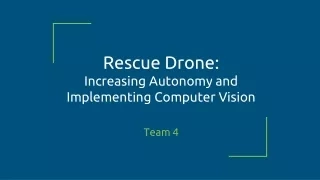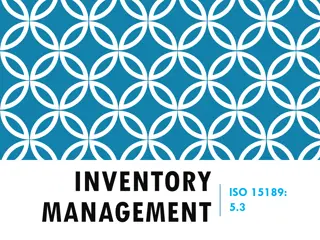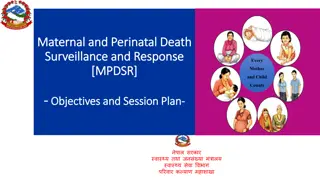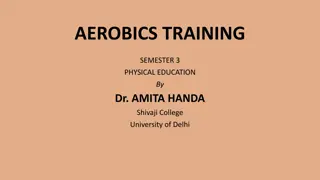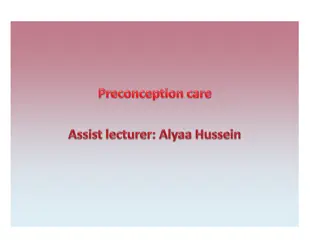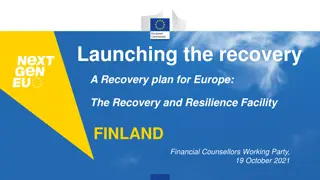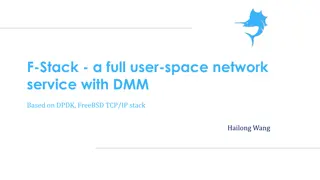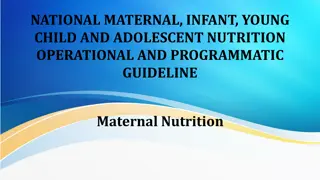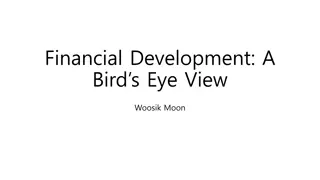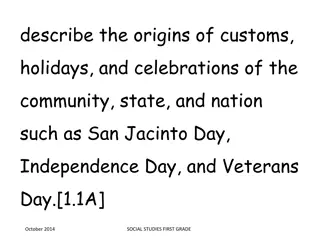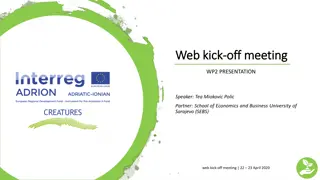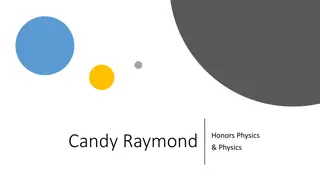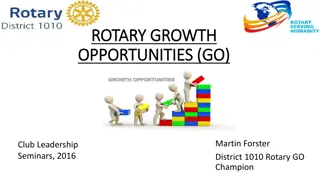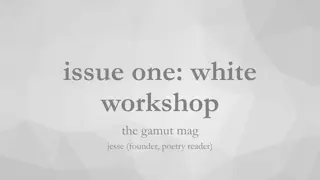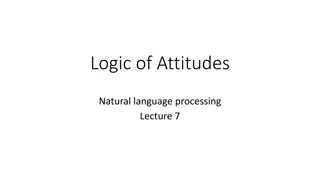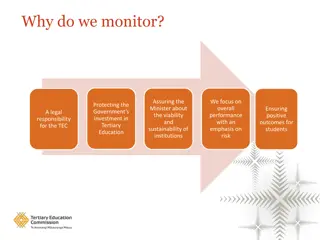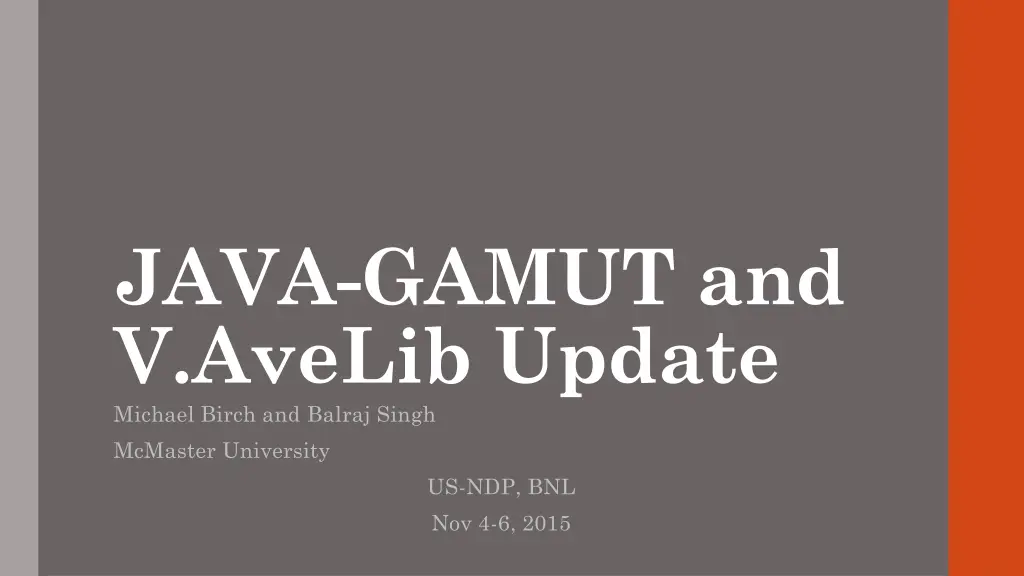
Gamma-ray Data Evaluation in Nuclear Physics
Learn about the necessity of producing recommended values of gamma-ray energies and intensities in ENSDF evaluations, the background of the GAMUT code, a proposed programme to develop a GAMUT-like code in Java, and the progress made so far in V.AveLib development.
Download Presentation

Please find below an Image/Link to download the presentation.
The content on the website is provided AS IS for your information and personal use only. It may not be sold, licensed, or shared on other websites without obtaining consent from the author. If you encounter any issues during the download, it is possible that the publisher has removed the file from their server.
You are allowed to download the files provided on this website for personal or commercial use, subject to the condition that they are used lawfully. All files are the property of their respective owners.
The content on the website is provided AS IS for your information and personal use only. It may not be sold, licensed, or shared on other websites without obtaining consent from the author.
E N D
Presentation Transcript
JAVA-GAMUT and V.AveLib Update Michael Birch and Balraj Singh McMaster University US-NDP, BNL Nov 4-6, 2015
Motivation A necessary and important feature in ENSDF evaluations is to produce a set of recommended values of gamma-ray energies and intensities (or relative branching ratios) for a nuclide. These data are useful in a variety of fields. Involves consideration of gamma-ray data from different experiments involving radioactive decays and nuclear reactions Current approach for evaluating data for Adopted datasets: Gamma-by-gamma : Manually take the weighted average of selected set of measurements for each gamma-ray that has been observed Disadvantages: Labour intensive, time consuming Does not account for inconsistencies in energy and efficiency calibrations between experiments Possible non-uniformity in handling of data by different evaluators
Background GAMUT The GAMUT code Originally ~1983 developed by Richard B. Firestone (LBNL) Implemented a least-squares gamma-ray fitting procedure for evaluation purposes; also gamma-ray intensity procedure from Tepel and Lederer [IAEA report INDC(NDS)-115/NE, 1980; Priv. Comm.] Automated evaluation process; flagged outliers; adjusted uncertainties in an iterative manner until acceptable reduced 2 reached. Helped correct calibration inconsistencies between experiments Major drawback: Dated code, no longer supported
Proposed Programme Develop GAMUT-like code in Java (platform independent) Step 1: Gamma-by-gamma averaging approach including option for user-specified systematic energy shifts to correct for calibration differences between experiments Step 2: Add algorithms in Firestone s original code as an alternative method to the gamma-by-gamma approach Need library of averaging methods to use in the gamma-by-gamma approach Re-write V.AveLib in Java (to make it available as a stand-alone program on all platforms)
Background V.AveLib The Visual Averaging Library (V.AveLib) Originally developed by Michael Birch Implements 8 averaging techniques; 3 outlier detection methods Graphical interface with visualization features Current major drawback: available for Windows only (hence need for re-development in Java)
Progress So Far V.AveLib (JAVA): All averaging and outlier methods are functional Graphical interface is fully functional except for the data plotting feature (work in progress) New: Asymmetric uncertainties handled now using R. Barlow s approach. Work on gamma-by-gamma automated averaging routine is completed.
Progress J-GAMUT Development: 1. Averaging (to be used in gamma-by-gamma approach); i.e. V.Ave.Lib 2. Parsing ENSDF file for gamma and level data, match gamma rays measured in different datasets 3. Output data into an editable intermediate format for evaluator 4. Using (edited) data in intermediate file to obtain adopted values using gamma-by-gamma averaging and output result in ENSDF format to include in Adopted data set 5. Using (edited) data in intermediate file to obtain adopted values using the original GAMUT algorithms and output result in ENSDF format to include in Adopted data set
JAVA-GAMUT Some comments received at the IAEA-ENSDF-Codes meeting in October 2015. Work is in progress on these. Beta version will be made available to the network at the end of Nov 2015 for comments, suggestions, improvements, etc. Michael Birch s work on this code supported by IAEA-NDS with a contract from Sept 2014 to Sept 2015. Thanks to LBNL/UCB group for hosting Michael s visit to LBNL for ten days to have consultations with Rick Firestone on GAMUT formalism

